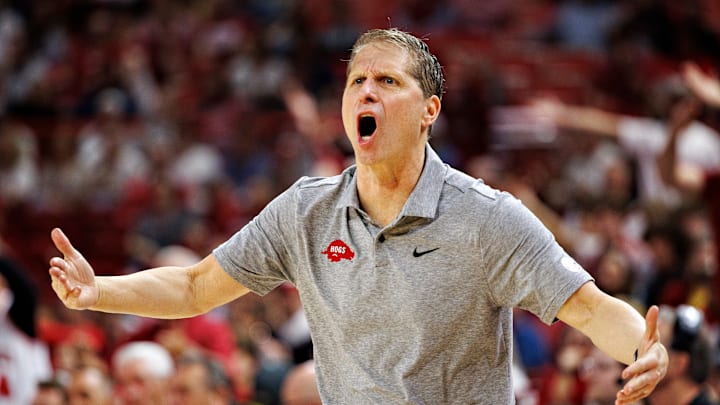You Wanna Get Nuts? Come On, Let's Get Nuts
Sorry Micheal Keaton, but some of these ideas require Constanza-level intensity.
-Bring back the fifth year of eligibility, but change the redshirting rules
I continue to talk myself into an extra season for players to pursue their Master's degree, and giving another chance for the best non-NBA prospects to put their imprint on basketball. Ideally, it opens the door for players to spend a full four years at the same school, graduate and head to a big time program for a final season, which has been happening more often than you probably think. But there has to be guardrails to prevent abuse. In that vein, players who have to sit out a year for a multi-time transfer can no longer redshirt, that just counts as one of their five years. Redshirts will only be issued to injured or developmental players who play less than 200 minutes and apply before December 31, and once again, there will be no waivers later on.
-Expand the NCAA Tournament, with added automatic bids
Add eight teams and bring the NCAA Tournament to seventy-six, but only give four of the spots to additional at-large bids. The other four will go to the four best regular season conference champions who aren't included on the initial list of seventy-two teams. This would ensure that everyone gains additional chances to make the Big Dance. I went in depth on this proposal back in March.
-Go back to the RPI (or a similar new metric that eliminates efficiency statistics)
College sports (football especially) have brainwashed fans into believing that the postseason should feature the best teams, not the teams that had the best season. This line of thought doesn't exist anywhere else, where wins and losses determine playoff spots, not arbitrary points of analysis. Kempom and other similar efficiency metrics are wonderful tools for predictions, gambling and just fueling the general discourse and discussion, but the weight given to scoring margin incentivizes team to schedule and blow out weak opponents. Call it the Big 12 Theory of Manipulation.
The NET was sold as a chance to merge the two groups of thoughts, bringing together RPI (who played the best) and efficiency ratings (who is the best), but the last few years of tweaks have just turned it a sloppier made efficiency rating system itself, one that grossly over-rewards the conferences that rate the best in non-conference play. The old RPI was flawed, but provides a decent baseline. For example, there was a fifty-one spot gap between the best team to miss the NCAA Tournament (#24 Indiana St) and the worst at-large bid (#75 TCU). Anyone who watched both play all season can agree that the Sycamores were the better team and deserved to be treated as such.
-Allow a selective number of NCAA Tournament units to go to NIL
Over a five year period, allow NCAA Tournament participants to use up to three full units of payout from the NCAA for NIL purposes. The cap is there to limit the additional money going to the schools that make it every year, and the goal of this idea is to specifically help a program like Oakland, who won an NCAA Tournament game, and thanks to the added exposure, all of the Golden Grizzlies' best players were able to command an NIL package that Oakland had no prayer of matching. This would give the underdogs a massive short-term influx of cash to try to make a second run.
-GPA requirement for transfers
If the NCAA is really serious about protecting graduation rates, it's worth considering setting a line (in the 2.5 - 2.8 vicinity) and requiring all transfers with a GPA below it to sit out a year. Honestly I don't really like the idea myself, but it's worth pondering.
